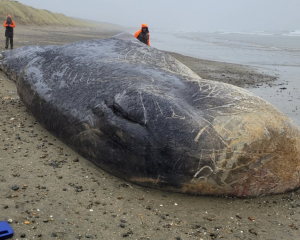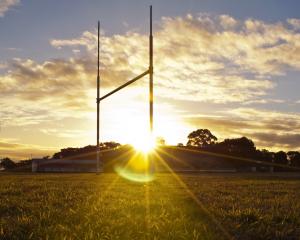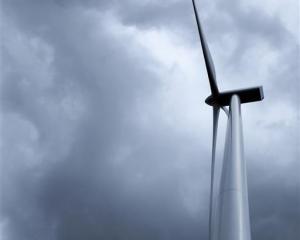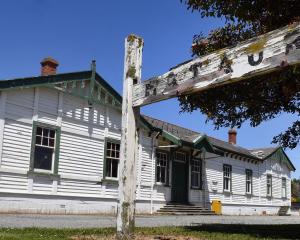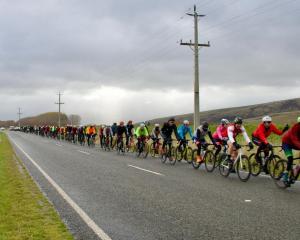When most people are fast asleep in bed, Mike Bailey or his colleagues are playing with balloons.
About 5am, and again about 11am and 11pm, one of the trio sends a weather balloon aloft from a base next to Invercargill Airport high into the sky to collect weather data for MetService.
That's every day of the year - rain, hail, shine or snow.
Mr Bailey (28), who describes himself as an ''upper air technician'', has been doing the job for more than three years, usually working about three days in a row before getting time off.
The odd hours are not so bad, he says.
''I love my job. I get every afternoon off, even when I am working. And I'm a bit of a plane spotter, so I can sit at the office window and see what's coming and going at the airport.
Rising early to be at work by 4.30am does not bother him either, although he admitted to missing one release when his alarm did not go off.
Invercargill is one of only three places on mainland New Zealand where balloons are launched (plus Wellington and Auckland) and the only one doing three launches a day.
MetService also collects data from a balloon launched daily on the Kermadec Islands, a New Zealand territory in the Pacific about 1000km north of the mainland.
Each launch procedure takes Mr Bailey about an hour and a-half. He dons protective clothing and goes to a concrete shed to inflate a balloon with flammable hydrogen.
He calibrates the radio sonde, the battery-powered device with an antennae which attaches to the bottom of the balloon and gathers atmospheric pressure, temperature and humidity readings.
Next he checks the radar that collects the data from the balloon, a piece of equipment he said ''has the energy of 250 microwaves [ovens] pointing in the same direction''.
When everything is ready, he attaches the radio sonde and releases the balloon on its way.
The next few minutes are spent tracking the balloon visually, and the next hour or so monitoring the radar information and manually recording data until the balloon eventually explodes.
Invercargill's balloons can go as high as 25km into the air on a good day - 18km on a bad day - and can easily travel 200km.
Most balloons and radio sondes end up in the sea, Mr Bailey says, but some fall in Southland or even as far away as Alexandra.
Each radio sonde has a label attached which explains to any finder it was attached to a weather balloon.
''We do that in case people think they have found a bomb. That has happened overseas.''
At night, a glowing light stick is attached to the balloon, which Mr Bailey says has led to some people thinking a balloon is a parachute flare or even a UFO.
Mr Bailey, a former library assistant, fell into the job by accident after striking up a friendship with one of the other balloon contractors and visiting him at work. At that time he already had an interest in weather and amateur radio technology and jumped at the chance to join the team.
''Like death and taxes, weather is always with us. It is good to know what's happening locally and to be able to back that up with data.''

